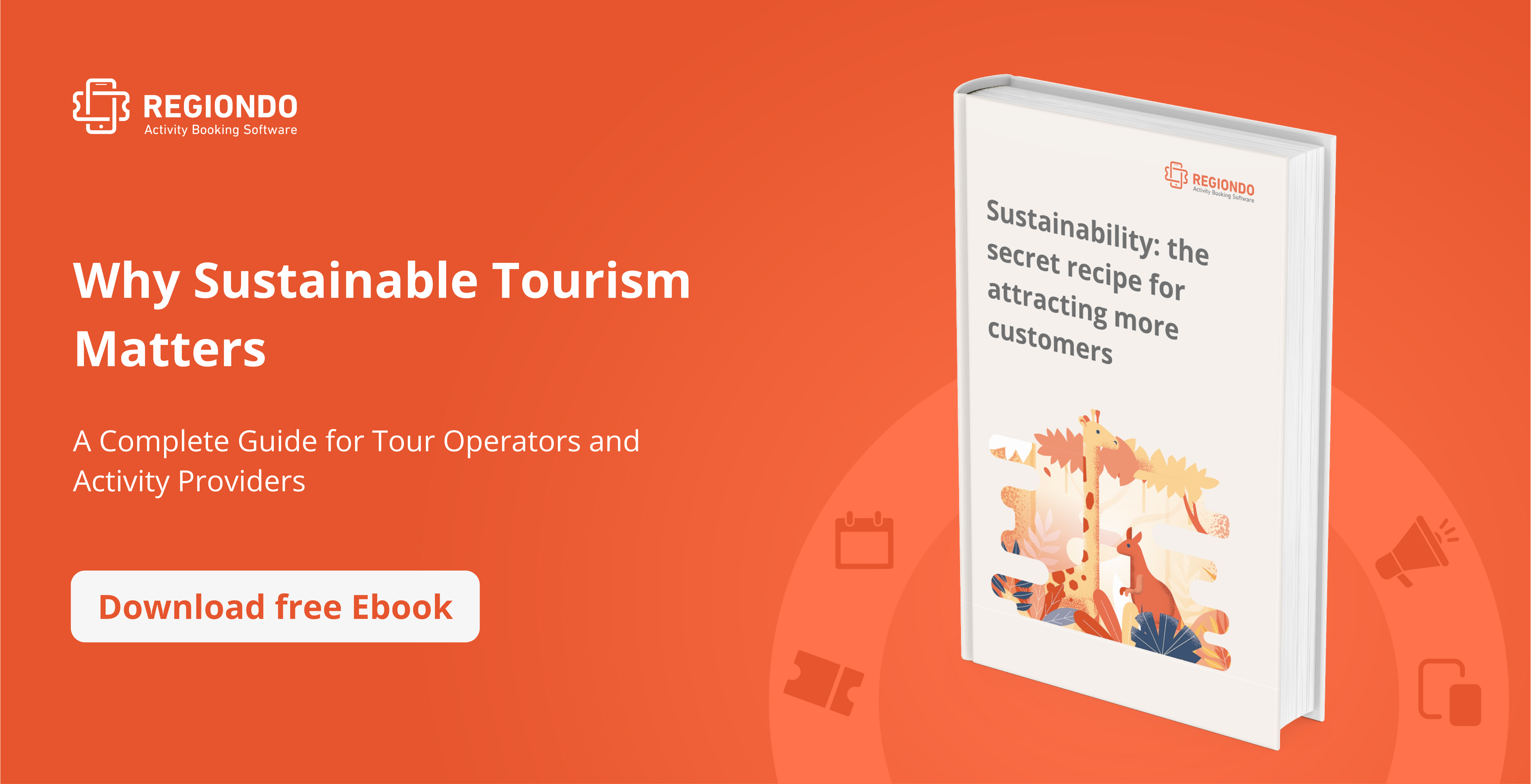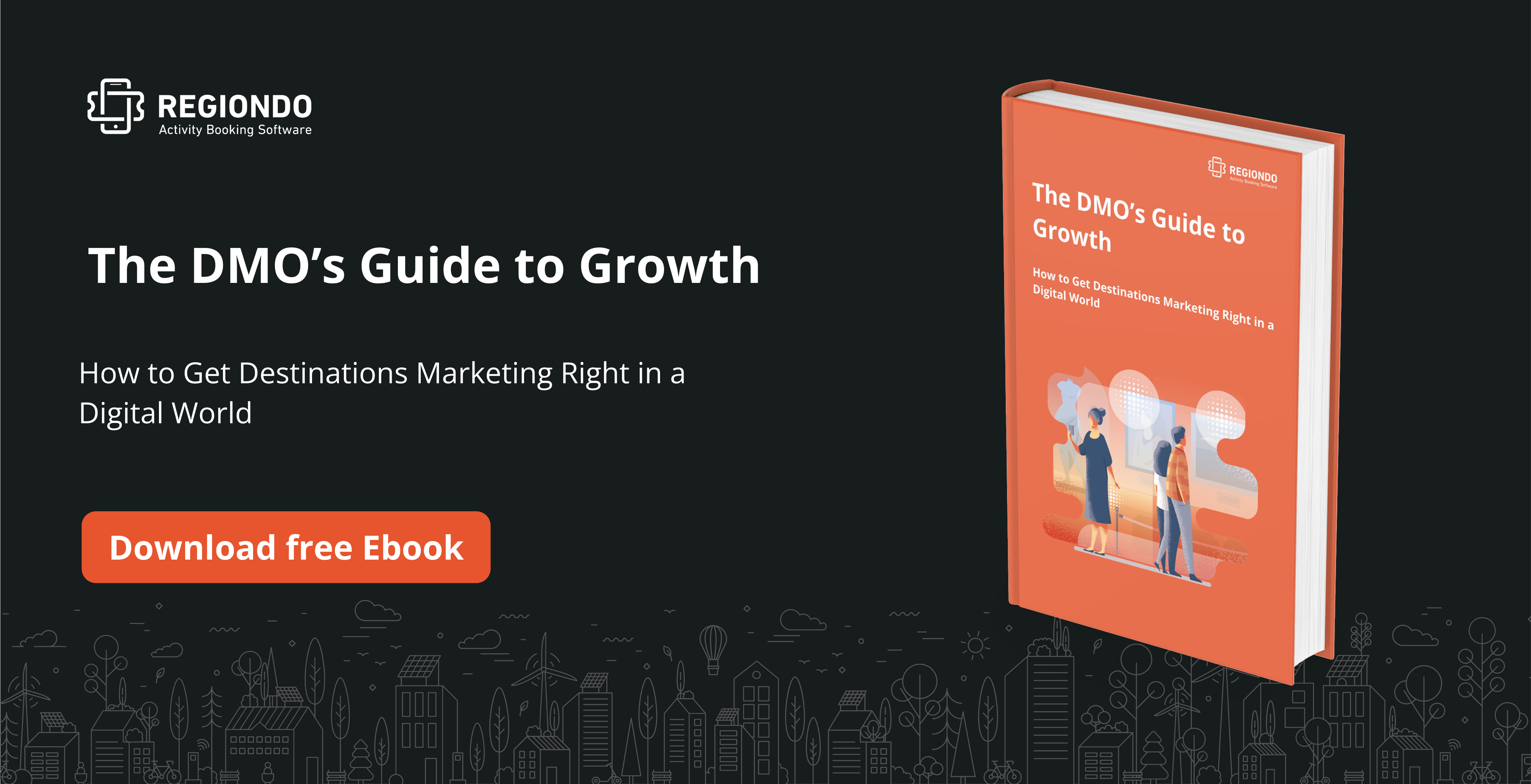Recent studies used sentiment analysis to determine the top factors that influence the quality of a tourism destination.
By analyzing online reviews and the words people used, some key topics have emerged that make a destination interesting and desirable.
In this article, we’re going to present 8 key elements that influence the perceived quality of a destination.
1. Buildings and Architecture
Architecture and buildings are some of the most common points of attraction to a tourist destination.
You will find that tourists are drawn to certain buildings based on reasons that depend on individual interests. These reasons include the structural aspects of the buildings, functional, historical, cultural and aesthetic aspects.
A good example is highlighted in a case study that was aimed at measuring the value buildings offer tourism. In this study, the Guggenheim Museum building in Bilbao, Spain, was shown to attract tourists to the city because of its renowned architect, Frank Gehry.
Another recent study identified aesthetics as a factor that makes particular buildings so significant to a tourist destination. Buildings with special features or artistic value draw a lot of attention. A few famous examples are the Sagrada Familia in Barcelona, Taj Mahal in Agra, and Saint Basil’s Cathedral in Moscow, among others.
2. Religious Aspects
According to a recent issue of the International Journal of Religious Tourism and Pilgrimage, in 2018, out of 1.4 billion tourists globally, about one-third traveled for religious purposes. More to that, in the past decade, faith-based tourism has been on the rise. These numbers are a clear sign of the significance of religious tourism to a destination.
It’s also important to note that religious buildings and sites attract not only people looking to reinforce their beliefs or get spiritual support but different types of tourists as well.
Many people visit sacred sites due to the historic value of the place, its cultural significance, or architectural importance and beauty. This is evidenced in the Sustainability 2021 study, where most of the Chinese tourists in Spain commented on the aesthetic value of churches in Spain and less about the religious meaning.
3. Local History & Culture
Local history and culture refer to the heritage and way of life of the people living in a particular city, region, or locality.
People preserve their heritage in historic and cultural attractions including archaeological sites, historic buildings, art galleries or museums, local or national parks, ethnic heritage sites, concerts, among others.
Such attractions draw in travelers interested in learning about the heritage of a place. Chinese tourists, for example, visit Spain and Europe for cultural tourism along with gastronomic and shopping tourism. This is a sign of how valuable local history and culture is to a tourist spot.
In fact, a research by Pacific Asia Travel Association reports that culture and heritage tourists spend 38% more when they travel and stay 22% longer than the average tourist.
Heritage tourism is important to a tourist destination as it helps boost the economy of the destination. It also promotes the preservation of the local culture, customs, and even the natural environment.
4. National Landmarks
When we talk about national landmarks we are referring to significant man-made attractions in a region. Although these can also fall under buildings and architecture, they deserve a special mention.
National landmarks may include, among others, monuments and natural marvels. Some common examples of these are Stonehenge in England or The Brandenburg Gate in Berlin.
5. Regional Landscape
For nature-lovers, regional landscapes are key attractions that add to the quality of a tourism destination. Travelers who gravitate to adventure, appreciate the natural environment and enjoy exploring the outdoors, placing a high value on natural attractions like mountains, caves, beaches, forests, water bodies, nature trails, and deserts.
This form of tourism is known as nature tourism and is often associated with ecotourism which focuses on responsible travel. It helps preserve the natural environment of a place or region and also keeps or improves the quality of life for the locals.
6. Climate and Weather
Studies have shown that climate affects tourism in a destination. In some cases, the climate of a place can be the main tourism resource, for example, hot climate in beach destinations.
On the other hand, the weather conditions at the time tourists are visiting a destination can vary significantly and, therefore, either allow or prevent the tourism activities from taking place. Weather can also influence the enjoyment of tourism activities.
Therefore, both the weather and climate of a place are key considerations for tourists when making their travel decisions. And for tourism businesses, weather and climate can also influence the success of their business operations.
7. Costs
Affordability is a key consideration for many travelers – but that doesn’t mean cheaper destinations are always more preferable.
Research shows that most tourists (and other consumers in general) are inclined to believe that the price of a commodity or service is a good indicator of its quality.
So the tourist’s perceived quality of the location will determine whether they’ll be willing to pay the price or not.
8. Transportation
How easily can tourists get to your destination?
This is one of the key factors that influence the desirability of a city or region. This calls for sufficient and easily accessible gateways to a destination e.g. airports, train stations, and other routes.
But more than just transportation into your destination, the infrastructure within your region is also of great importance. Quality tourist destinations have proper connectivity within the location to ensure ease of movement from one point to the other or from one attraction to the next.
As a destination marketer, make this information easily accessible on your website, brochures, and even social media pages. That will help visitors when planning their trips.
Conclusion
The quality of any tourist destination is multi-faceted and depends on elements including:
- Buildings and architecture
- Religious aspects
- Local history and culture
- National landmarks
- Regional landscape
- Climate and weather
- Costs
- Transportation
But apart from the actual quality, tourists also develop perceived quality mostly based on word-of-mouth feedback from other travelers. It’s therefore vital for destination marketers to look at raising both the actual and perceived quality of their tourism destination.




